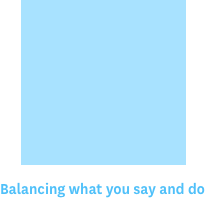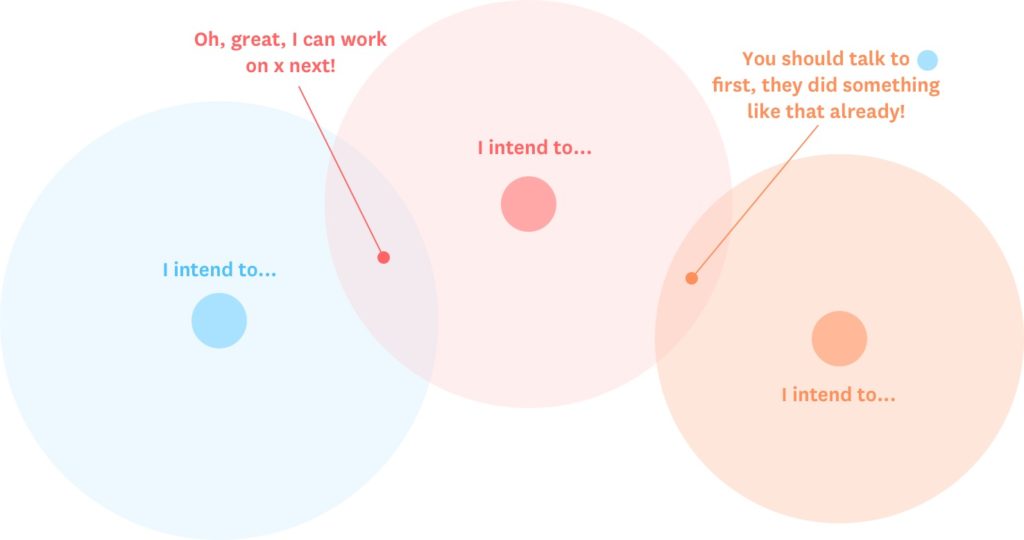I thought maybe I’d try having a book club with myself about the things I’m thinking about. Often I come across things that I don’t want to forget. I often find that the things I learn about remind me of something else. I feel like everything is connected and can’t separate one from the other.
Talking & doing

My friend once told me she thought of herself and her coworkers as triangles. Some of them were inverted triangles who talked a lot but did very little, and some of them were upright triangles that did a lot but didn’t say much. I have met a lot of these triangles in my life. I found myself annoyed at people who I felt like were all talk and no doing. They can talk about their ideas all they want, but if they can’t turn it into action or represent it, it’s hard to tell if anyone is really aligned. For the longest time I have been the upright pyramid: I would do a lot of work and not really talk about it. I think part of this is cultural: it feels boastful and unnecessary to talk about my work. But I think the “backstage” work is just part-and-parcel of what it takes to make something good, and not particularly interesting.
My friend of course, was saying that we should be seeking balance between the two. You’re also not benefiting yourself or the team by not communicating out the work you’re doing.
- I’m not able to bring them along on your thought process and advocate for your ideas throughly
- I might miss out on opportunities even to teach others something new that they’d be interested in
- I wasn’t taking space or presence for myself to communicate my ideas and work. Like, underselling what I was doing.

I’m much better at doing this, although it’s still pretty uncomfortable. I am often nagged by doubt that haven’t done enough. I have worked with a Product Manager who jokes that she doesn’t do anything. She’s just the talking person and designers and developers are the ones who “do” things. And you might feel like that your role sways more towards that towards one end or the other. But I disagree with her own diagnosis: she manages the relationship and work in a helpful way. Organizes our work and pushes us towards action.
Radiating intent
Sometime miscommunication and micromanagement happens unintentionally because you’re not sure what other people are thinking and doing. I have always worked in fairly open environments, although I didn’t realize it until I started working in a place where more of the work was done through private messages. Some things that happened as a result:
- A person might receive multiple direct messages (DMs) from people asking them for the same thing
- People did not know where things were or what had been discussed, more DMs
- I didn’t know what people were doing and what I should do, more DMs
I now have much more appreciation of the processes we had for keeping work open and documenting, even though I thought they were burdensome at the time.

If you don’t know what people are thinking or planning on doing, it could cause you to jump in and micromanage or do duplicate work, or assume someone else is going to do it and then no one does it. The magic phrase for this could be “I intend to…” to signal to your team. My previous supervisor used to call this “radiating intent” and I’ve recently read a leadership book she likes called Turn the Ship Around that talks about this as a mechanism for leaders. It definitely talked about the different things she tried to get us to do more. I’m still puzzling over some of them, but I can see the immediate benefit of a team letting people know early and often what they intend to do.
— —
If you’re wondering about the reference to Squid Games in the title. It’s a the number 1 streaming Netflix series at the time of this writing that has a triangle, square, circle design theme. I watched it.

